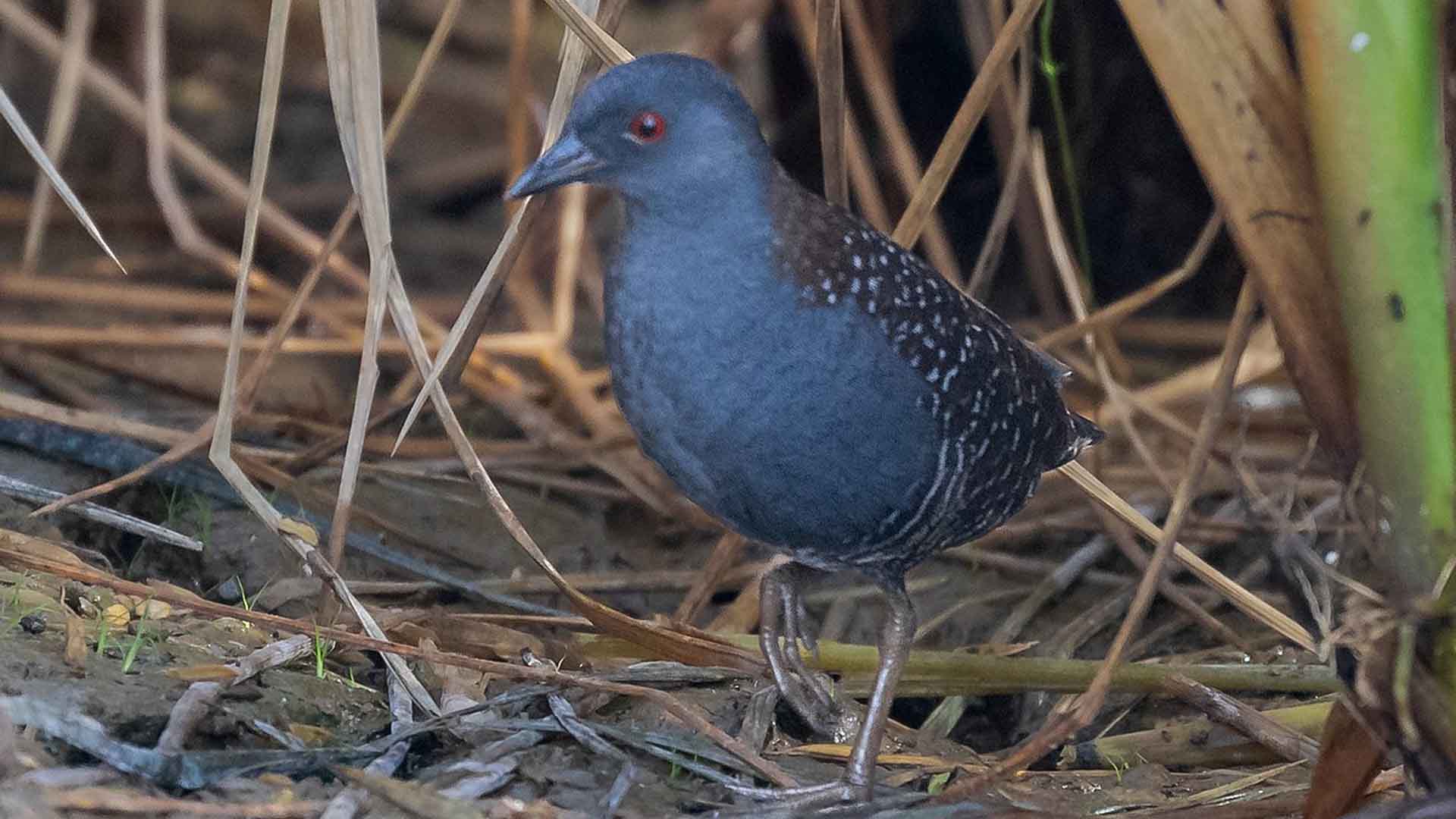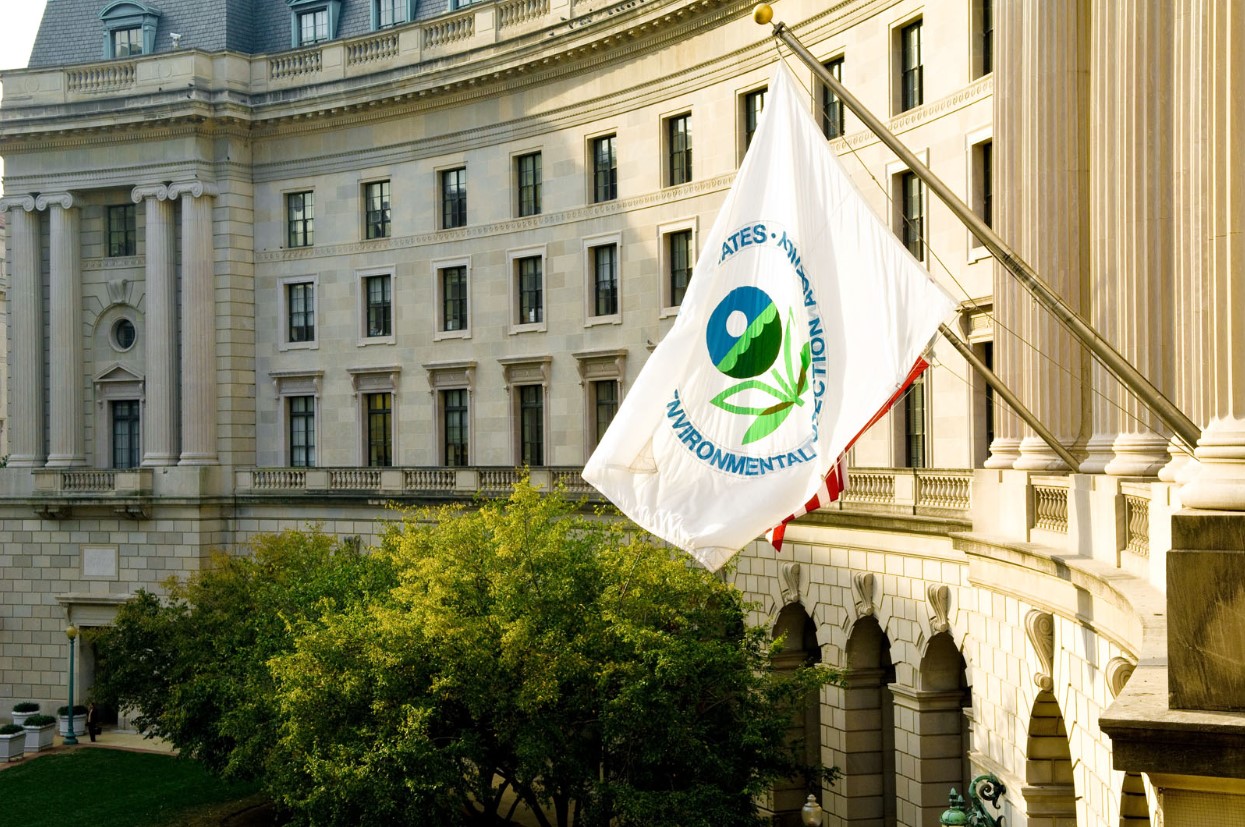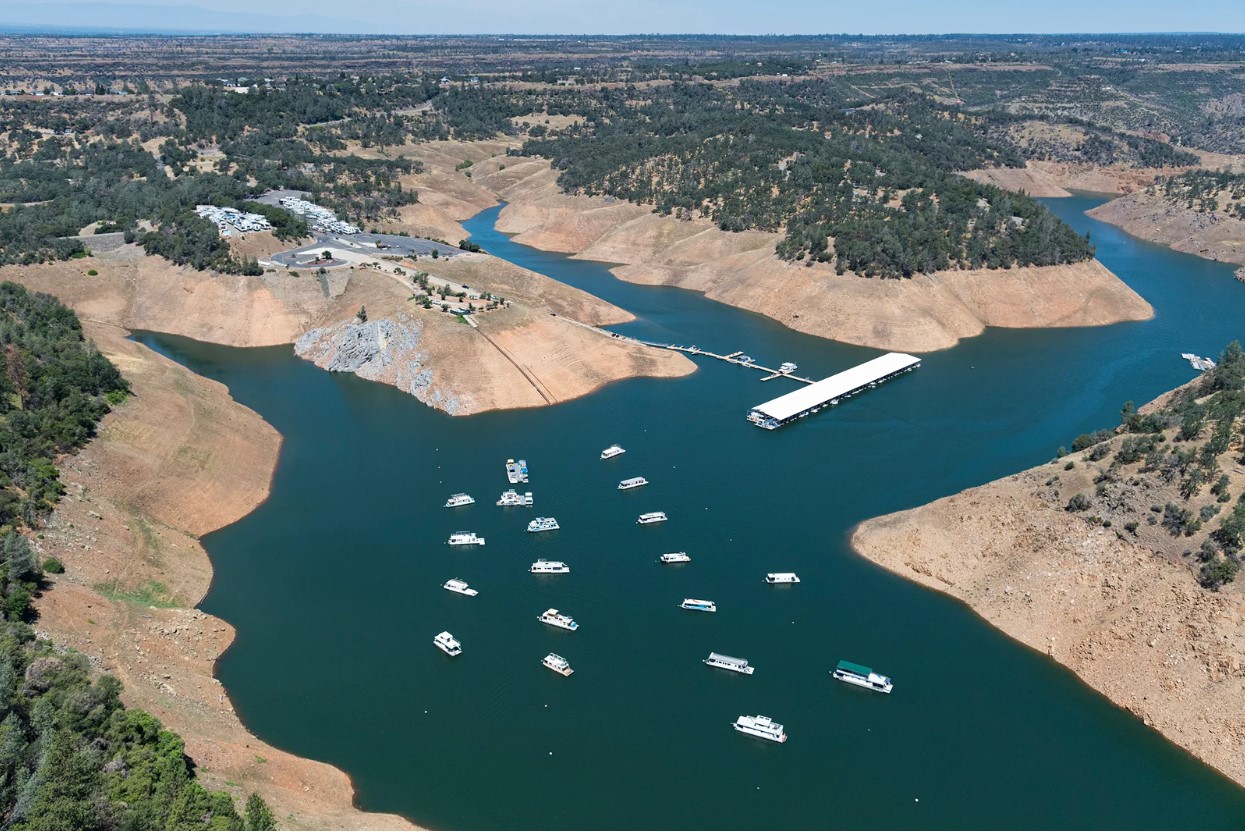California’s new water conservation law is raising eyebrows due to its potential impact on endangered species. The law allows the “take” of certain fish and birds to facilitate a massive Colorado River conservation deal.
This move aims to balance the urgent need for water conservation with the protection of endangered species, creating a complex and contentious issue.
The $800 Million Conservation Deal

The Imperial Irrigation District (IID) is at the center of an $800 million deal aimed at saving 800,000 acre-feet of water through 2026.
This ambitious plan involves seasonal fallowing of crops in the Imperial Valley. Farmers in the region will be compensated for reducing their water usage, which is a key part of the conservation strategy.
Endangered Species at Risk

The desert pupfish and two bird species, the California black rail and Yuma Ridgeway’s rail, are in the spotlight. These species currently find refuge in the Imperial Valley’s drainage channels and marshes, which could dry up due to water conservation efforts.
This has raised significant concerns among environmentalists and biologists who are monitoring the situation closely.
What Does “Take” Mean?

In California law, “take” means killing or causing the death of a protected animal. The new bill, AB 2610, seeks to amend an existing agreement to allow limited “take” of these endangered species.
This definition contrasts with federal law, which includes broader protections such as harm and harassment, highlighting the complexity of the issue.
Assembly Bill 2610: Key Details

AB 2610, authored by Assemblymember Eduardo Garcia, aims to expedite conservation efforts by amending a 2003 agreement.
The bill passed the Assembly on May 2, 2024, and is now awaiting a vote in the state Senate. Garcia emphasized that the bill aligns with existing authority and aims to address urgent conservation needs.
Environmental Protections and Concerns

Despite the term “take” sounding harsh, environmentalists support the bill. They argue that federal protections are stronger than state laws and will still be in place to safeguard the species.
Lisa Belenky from the Center for Biological Diversity noted, “You know, when you say ‘take or kill’ that sounds very, very harsh,” but reassured that this isn’t the true intent.
Creating New Habitats

The bill’s proponents emphasize that the conservation deal includes funding for creating new habitats. IID has already built 4,000 acres of new wetlands near the Salton Sea, with plans for more.
The additional $175 million in federal funds could help construct even more wetlands, providing critical habitats for the endangered species.
Federal Approval Needed

Even if the state law passes, federal approval is still required. The U.S. Bureau of Reclamation’s biologists are reviewing the plan, with a decision expected after a 60-day review period.
This step is crucial to ensure that all conservation measures comply with federal environmental standards and protections.
Critics’ Concerns

Not everyone is on board with the bill. Tom Havens, a former IID consultant, criticizes the rushed timeline and financial details, arguing that the public isn’t fully informed about the implications.
He expressed concerns about the bill’s language and its potential long-term impacts on water pricing and conservation efforts.
IID’s Defense

IID officials counter that the bill is necessary to unlock additional federal funds and keep conservation efforts on track. They argue that without it, crucial habitat construction could be delayed.
IID’s Colorado River water manager, Tina Shields, disputed Havens’ claims, emphasizing that separate contracts would yield IID and area farmers at least $776 per acre-foot.
Balancing Conservation and Species Protection

AB 2610 aims to strike a balance between water conservation and species protection. By leveraging federal and state funds, the bill seeks to create new habitats while ensuring compliance with environmental laws.
Environmentalists like Kim Delfino stress that the primary goal is to protect the Salton Sea and its surrounding ecosystems.
The Road Ahead

As AB 2610 moves through the legislative process, its supporters remain optimistic. They believe the bill is a crucial step towards sustainable water management and the protection of endangered species in California.
The outcome of this legislation could set a precedent for future conservation efforts in the state, highlighting the ongoing challenges of balancing human needs with environmental protection.
